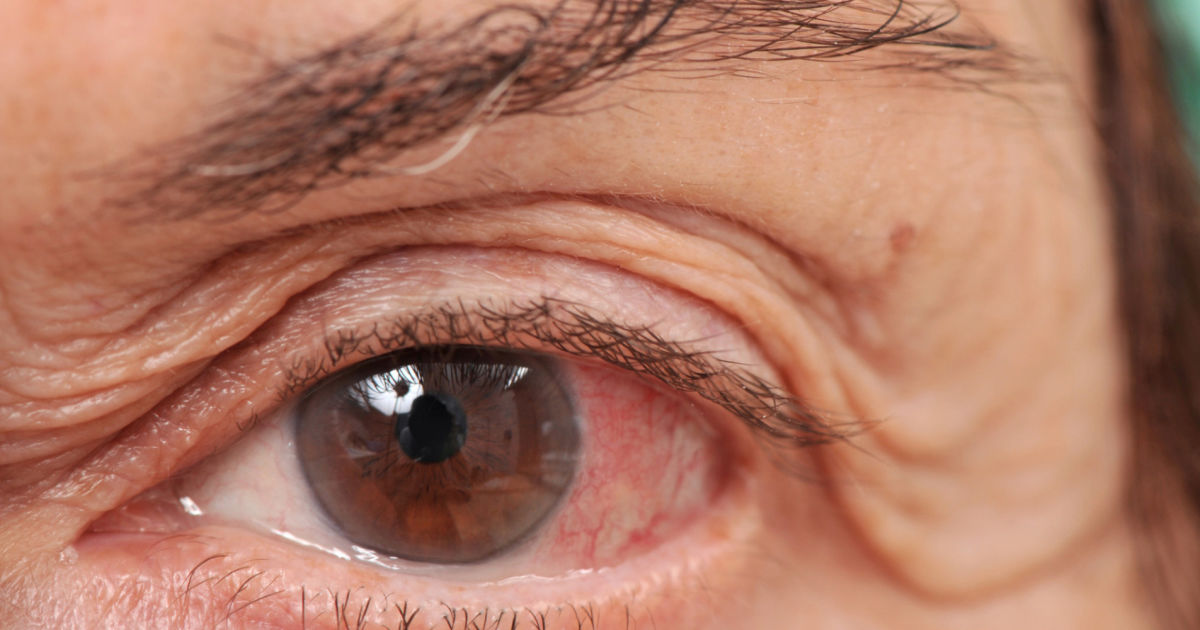10 Concerning Complications Associated With Untreated Nearsightedness
3. Myopic Maculopathy

Myopic maculopathy, otherwise known as myopic macular degeneration, is a condition with many of the same symptoms as age-related macular degeneration. However, it occurs at a younger age. In a nearsighted eye, the eyeball is egg-shaped rather than spherical. When light rays enter the eye, they don't focus on the retina. In patients with severe myopia, the eyeball elongates to the point that the retina begins to degenerate. The macula in particular degenerates, leading to the loss of light-sensitive cells. Individuals with this condition have thin and stretched eyeball walls. At the back of the eye, the layers may be so thin the retinal cells start to die, causing central vision to decline slowly.
4. Glaucoma

Glaucoma refers to a group of medical conditions that cause damage to the optic nerve. This nerve is responsible for transmitting signals from the eyes to the brain. Damage often occurs because there's an unusually high pressure in the patient's eye. This condition is a leading cause of blindness in individuals more than sixty years old. When patients lose their vision due to optic nerve damage, there's no way to recover it. Because of this, regular eye exams are very important. Being extremely nearsighted is a common risk factor because of the unusual shape of the eyeball in nearsighted individuals. Treating myopia can help keep the eyeball from becoming more stretched, which in turn reduces pressure and lowers the chance of glaucoma developing.
